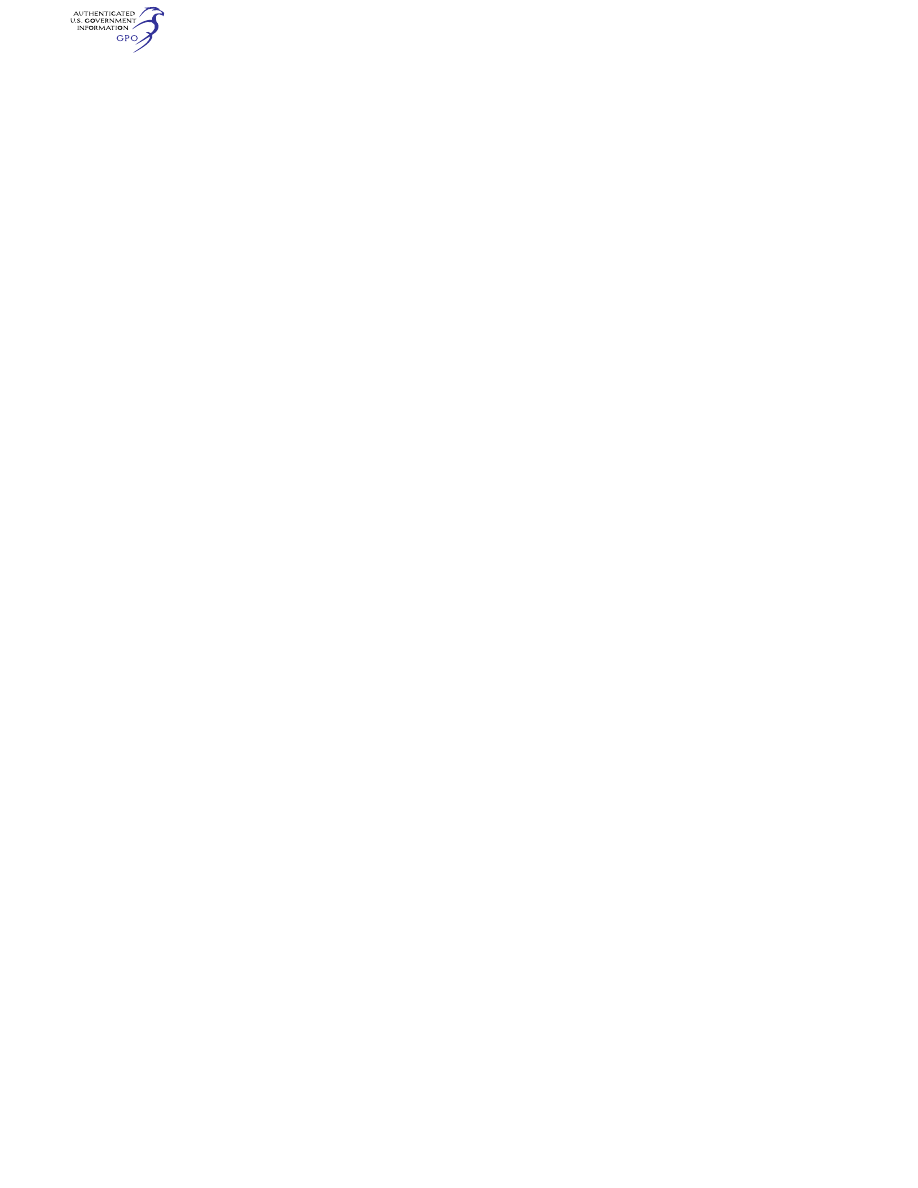
603
Federal Aviation Administration, DOT
§ 29.621
§ 29.611
Inspection provisions.
There must be means to allow close
examination of each part that re-
quires—
(a) Recurring inspection;
(b) Adjustment for proper alignment
and functioning; or
(c) Lubrication.
§ 29.613
Material strength properties
and design values.
(a) Material strength properties must
be based on enough tests of material
meeting specifications to establish de-
sign values on a statistical basis.
(b) Design values must be chosen to
minimize the probability of structural
failure due to material variability. Ex-
cept as provided in paragraphs (d) and
(e) of this section, compliance with
this paragraph must be shown by se-
lecting design values that assure mate-
rial strength with the following prob-
ability—
(1) Where applied loads are eventu-
ally distributed through a single mem-
ber within an assembly, the failure of
which would result in loss of structural
integrity of the component, 99 percent
probability with 95 percent confidence;
and
(2) For redundant structures, those in
which the failure of individual ele-
ments would result in applied loads
being safely distributed to other load-
carrying members, 90 percent prob-
ability with 95 percent confidence.
(c) The strength, detail design, and
fabrication of the structure must mini-
mize the probability of disastrous fa-
tigue failure, particularly at points of
stress concentration.
(d) Design values may be those con-
tained in the following publications
(available from the Naval Publications
and Forms Center, 5801 Tabor Avenue,
Philadelphia, PA 19120) or other values
approved by the Administrator:
(1) MIL—HDBK–5, ‘‘Metallic Mate-
rials and Elements for Flight Vehicle
Structure’’.
(2) MIL—HDBK–17, ‘‘Plastics for
Flight Vehicles’’.
(3) ANC–18, ‘‘Design of Wood Aircraft
Structures’’.
(4) MIL—HDBK–23, ‘‘Composite Con-
struction for Flight Vehicles’’.
(e) Other design values may be used if
a selection of the material is made in
which a specimen of each individual
item is tested before use and it is de-
termined that the actual strength
properties of that particular item will
equal or exceed those used in design.
(Secs. 313(a), 601, 603, 604, Federal Aviation
Act of 1958 (49 U.S.C. 1354(a), 1421, 1423, 1424),
sec. 6(c), Dept. of Transportation Act (49
U.S.C. 1655(c)))
[Doc. No. 5084, 29 FR 16150, Dec. 3, 1964, as
amended by Amdt. 29–17, 43 FR 50599, Oct. 30,
1978; Amdt. 29–30, 55 FR 8003, Mar. 6, 1990]
§ 29.619
Special factors.
(a) The special factors prescribed in
§§ 29.621 through 29.625 apply to each
part of the structure whose strength
is—
(1) Uncertain;
(2) Likely to deteriorate in service
before normal replacement; or
(3) Subject to appreciable variability
due to—
(i) Uncertainties in manufacturing
processes; or
(ii) Uncertainties in inspection meth-
ods.
(b) For each part of the rotorcraft to
which §§ 29.621 through 29.625 apply, the
factor of safety prescribed in § 29.303
must be multiplied by a special factor
equal to—
(1) The applicable special factors pre-
scribed in §§ 29.621 through 29.625; or
(2) Any other factor great enough to
ensure that the probability of the part
being understrength because of the un-
certainties specified in paragraph (a) of
this section is extremely remote.
§ 29.621
Casting factors.
(a)
General. The factors, tests, and in-
spections specified in paragraphs (b)
and (c) of this section must be applied
in addition to those necessary to estab-
lish foundry quality control. The in-
spections must meet approved speci-
fications. Paragraphs (c) and (d) of this
section apply to structural castings ex-
cept castings that are pressure tested
as parts of hydraulic or other fluid sys-
tems and do not support structural
loads.
(b)
Bearing stresses and surfaces. The
casting factors specified in paragraphs
(c) and (d) of this section—
(1) Need not exceed 1.25 with respect
to bearing stresses regardless of the
method of inspection used; and
VerDate Sep<11>2014
09:06 Jun 28, 2024
Jkt 262046
PO 00000
Frm 00613
Fmt 8010
Sfmt 8010
Y:\SGML\262046.XXX
262046
jspears on DSK121TN23PROD with CFR